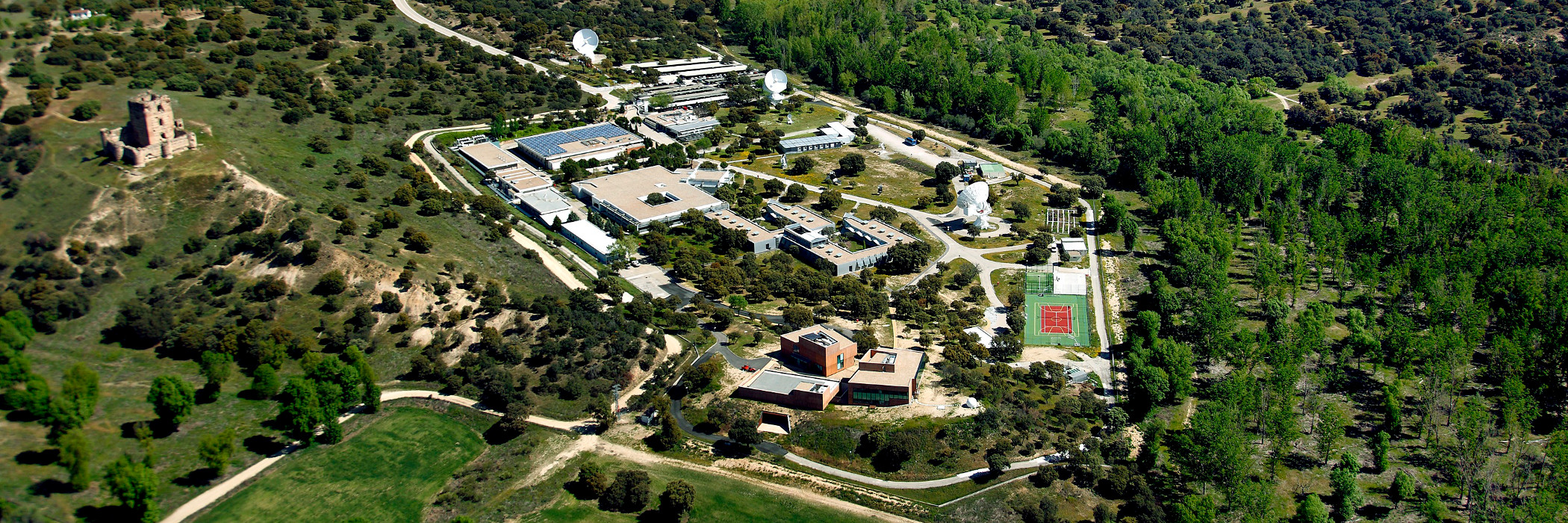ESAC - Space Science Faculty
|
|
ESAC (the European Space Astronomy Centre), located near Madrid in Spain, the the primary ESA hub for operating planetary and astronomy missions.
In order to carry out their “functional” work effectively, the mission and instrument scientists at ESAC must be experts in the science areas that their particular mission will carry out, and the best way to achieve this is to be an active scientist in that field. Therefore, as part of their work, they carry out their own programmes of scientific research, very often in collaboration with the external teams of scientists who participate in their missions. In addition, they often carry out research in separate areas of their own particular interest.
ESAC has a permanent complement of around 120 active scientists whose areas of expertise cover the range of ESA’s space science missions. This range of scientific interests can be broadly categorized into Astronomy and Astrophysics, Planetary Science and Solar Science.
In addition to this permanent group of scientists, ESAC is home to post-doctoral Research Fellows (RFs) who remain for a period of 2-3 years each. Typically, there are around 10 RFs located at ESAC at any given time. RFs do not carry out functional work, but instead a research programme of their own choosing. However, if they wish to have a deeper exposure to a particular ESA mission, they may be involved in it to a limited extent.
In addition, around 30 staff from the Spanish Centro de Astrobiología (CAB) are co-located on site at ESAC. Research at CAB ESAC is carried out in diverse areas of astrophysics, as well as solar, stellar and extragalactic physics. CAB ESAC researchers participate or have participated in the development, operation and exploitation of an impressive number of ESA space projects in past, present and future missions.
Therefore, the total Sceince Faculty at ESAC consists of around 160 scientists, who are supported in their activities much as would happen in a typical academic scientific institute. For example, the Faculty holds weekly seminars, invites collaborators for both short and extended visits, and organises internationally-recognised scientific workshops and meetings, many based around science exploitation of ESA missions. There is also ample opportunity to supervise and collaborate with students or younger scientists-in-training via specific trainee programmes.
The ESAC Faculty maintain close ties with their colleagues at ESTEC and STScI. In particular, colleagues at STScI, a community of approximately 30 scientists working on ESA-funded missions in Baltimore, USA, are considered part of the ESAC Faculty, and actively contribute to the selection of seminar speakers and funded programmes at ESAC. Once every year, the entire ESTEC and ESAC Faculty meet together (alternately in The Netherlands and Spain) at a Science Workshop where latest results are presented and discussed.
- Removed a total of (1) align=center.
- Removed a total of (1) border attribute.
- Removed a total of (1) cellpadding attribute.
- Removed a total of (1) cellspacing attribute.








































 Sign in
Sign in
 Science & Technology
Science & Technology
